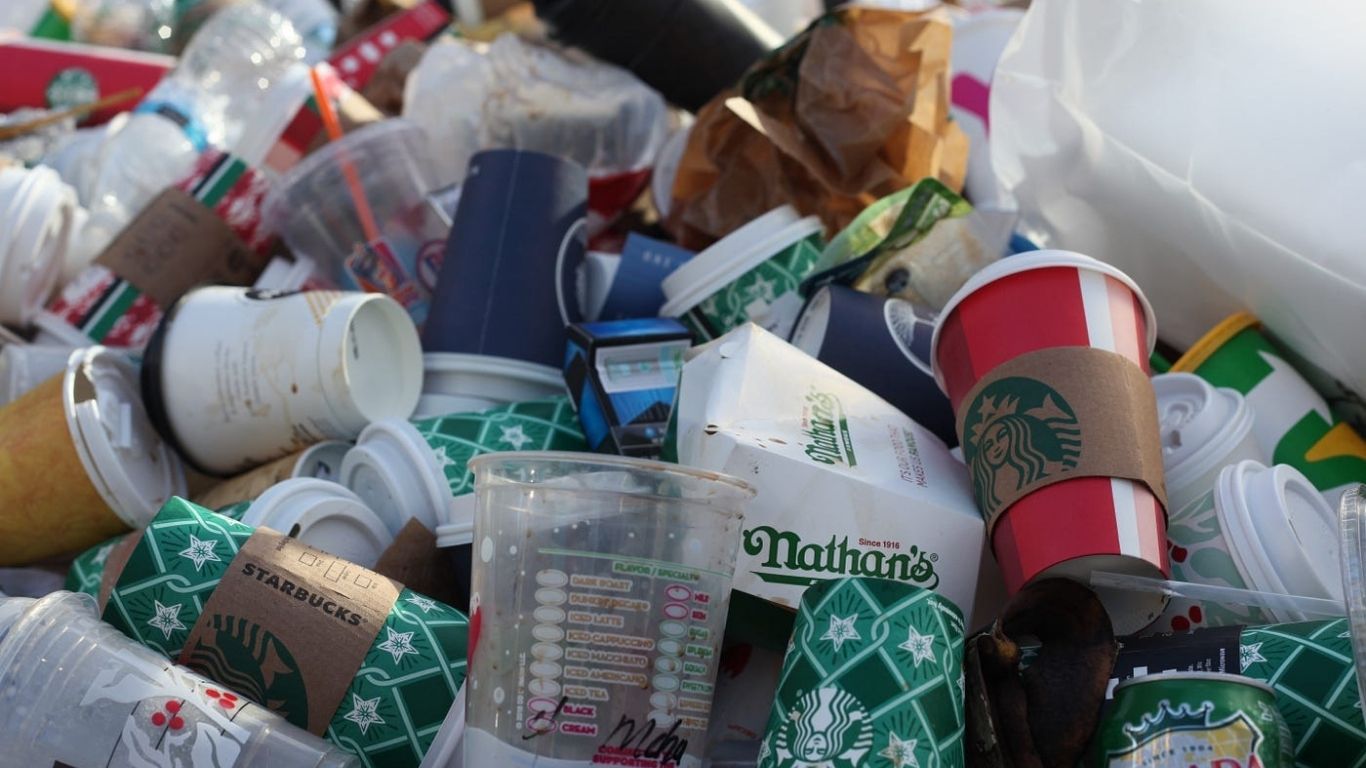A Silent Hazard in Our Everyday Lives
Plastic is part of everything now. We use it to wrap our food in, drink from, wear, and clean with. It’s so prevalent we scarcely even notice it anymore. But something quiet has crept up on us over the past few years—small bits of plastic, too small to be seen, are being found in our bodies. They are called microplastics, and even though we can’t see them, they may be hurting us horribly.
What Is a Microplastic, and What Do They Do?
Microplastics are just that—small bits of plastic, the majority of which are smaller than a grain of rice. Some of them form when bigger chunks of plastic break down over the course of many years, like bottles or bags. Some of them are put into stuff on purpose, like face wash or toothpaste. And then there’s an even tinier one, the nanoplastics, which are smaller than anything because they’re so microscopic that they may be smaller than our cell size. Micro-particles are now everywhere we are—in everything we drink, everything we consume, and even in the air we inhale.
Yes, They’re Inside Us Too
Strange as this may sound, scientists have discovered microplastics inside our lungs, in our bloodstream, and even the brain. These microscopic pieces aren’t moving through us—rather, they’re lingering behind. We don’t even have a full understanding of what they’re doing inside of us at this point, but early research has indicated that they’re causing inflammation and stressing out our cells. That would then add up over time and become the cause of illness we’d never even associate with something like plastic.
They’re Not Just Plastic They Contain Chemicals
Another thing that’s more disturbing about microplastics is that they are not just innocuous pieces of plastic. They tend to contain toxic chemicals used to produce them, like BPA and phthalates. Those can disrupt our hormones, and those hormones can affect things like fertility, metabolism, and even how we develop and grow. Some studies are suggesting they might even make their way into the brain, possibly linking them to memory problems or neurological disorders. It’s a lot to think about—and it’s happening inside us.
We’re Exposed All the Time
Sadly, microplastics are nearly impossible to avoid. They’ve turned up in bottled and tap water, in seafood such as shellfish, and even in the air we inhale indoors. We’re clothing ourselves with them on our clothing, carpets, and furniture as tiny fibers floating in the air, and we’re inhaling them unknowingly. We’re consuming them in domestic dust. Unbeknownst to us, we’re consuming and inhaling plastic daily.
What Can We Do to Protect Ourselves
We can’t eradicate microplastics altogether, but we can modify our habits somewhat in order to restrict the exposure. Beginning with substituting plastic for glass or stainless steel containers for food and drinks is a good start. Substituting synthetics like polyester for natural fiber materials like cotton and wool is a good idea too, because they don’t release as many plastic fibers. If you can, buy a water filter that will eliminate very fine particles. Simply keeping your home neater—cleaning, vacuuming—will decrease the amount of microplastic suspended in the air.
Being More Aware of What We Buy
It matters how we shop. Ask for personal care items that are free of microbeads—those small fragments of plastic that provide texture to scrubs and toothpaste. Opt for less plastic where you can. And push companies to do better. Perhaps it’s a small thing, but when many of us take a small step, it can nudge companies and industries to change.
But This Isn’t Just On Us
While personal action is significant, the fact remains that it’s a whole lot bigger of an issue. We are going to need more than water bottles and supermarket reusable bags to fix it. We need sound law that places a limit on how much plastic is being produced and spilled onto the world. We need better recycling and waste management. And we need government and business to act on it, not make commitments they might not fulfill. Because even when we all do our best, we can’t get it right without one another.
The Bottom Line: We Deserve Better
Microplastics are devious. We never even knew they existed a couple of years ago, and now they are within us. That’s frightening. But it’s also an awakening. We all deserve clean air, pure water, and food free of the aftertaste of plastic. We need to be capable of understanding what we are putting in our bodies—and of being able to exist within a culture that values health over convenience. It’s not hysteria. It’s about choosing to educate ourselves, and to care, before it is too late.




